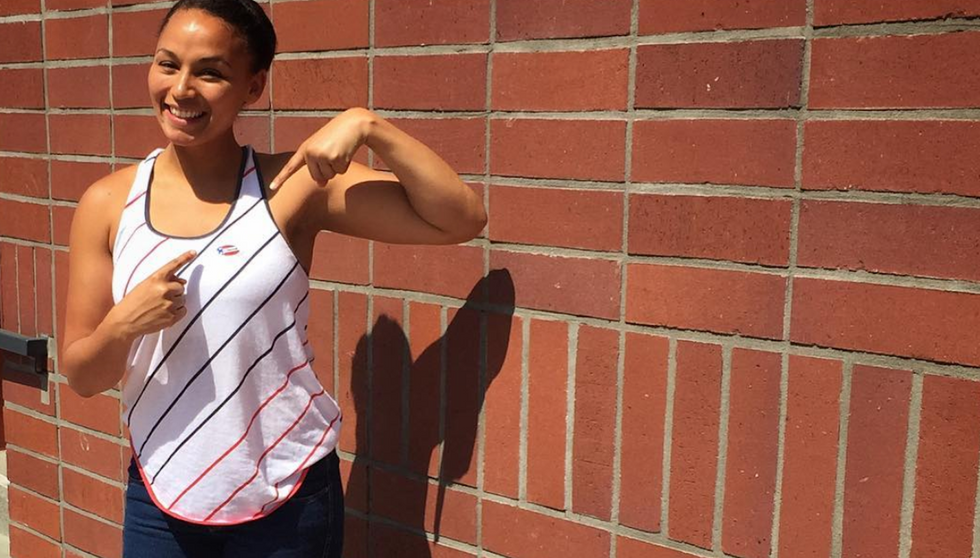“Vote! Vote! Vote!” We hear it every day. We say “OK.” But do we really follow through?
Political science professor, Dr. Edie Goldenberg shares his utter shock with The New York Times regarding the fact that only 14% of University of Michigan students casted a ballot in the last midterm election. The shock came directly from the long history U of M students have of being politically active, dating back to Vietnam War protests.
Unfortunately, statistics like these are similar amongst many college campuses around the country. In an attempt to maximize the number of students voting, the Big Ten league, made up of intense football rivals, has challenged each other to see which school can get the most amount of students to vote. Not only is this another way for the Big Ten league to heighten rivalries, but more importantly, it is a prime example of universities using their institutional capacity to heighten overall student turnout on college campuses.
The attempts to get more students to vote is simply an effort to fulfill our ideas of democracy. Why live in a free country that prides itself on endless opportunities and freedoms and not take advantage of being able to vote for those we want to represent us?
While some may disagree, Dr. Edie Goldenberg and other representatives from universities across the globe agree and are doing everything they can to ensure a campus of politically active students.
While some schools are competing with each other, other schools like Binghamton University have pledged to give prizes like television sets to the residence hall that registers the highest number of voters. While registering to vote and actually voting are two entirely different activities, it is a good start.
Another important effort to increase student voter turnout is being headed by the National Study of Learning, Voting, and Engagement, started by researchers at Tufts University. Their work has allowed for schools to obtain data on students, and their connection to voting.
For example, schools receive detailed data on not only how many of their students are voting, but categorizations of these students (i.e., by majors). This is incredibly advantageous because it allows for direct mobilization of students who statistically are not as politically active.
Statistics have shown the surge in voting amongst students who attend schools that have put an emphasis on civic engagement. University of Missouri- St. Louis has prioritized talk about race, equality, and tragedy following the shooting of Michael Brown in 2014. As a result of their efforts, the number of students who voted in 2016 increased by 5.7 percentage points, and by 17 percent compared to the national average of college student voting turnout.
In wake of the recent shooting in Parkland, Florida, it is clear that students especially are as politically active as ever. The “Never Again” movement, initiated by students who have had enough of “thoughts and prayers” being the answer to mass shootings, is a prime example of students recognizing that the time is now. The time is now to make a change, to participate in local politics, and to speak up for how we feel.
I hope that this is only the beginning of students starting important movements, and taking advantage of their ability to speak up for their beliefs. Elections in the near future, whether local or nationally speaking, are more important than ever in order to make these changes that students like me and you want. Whether it is voting for someone you feel will end gun violence, or simply voting for the party you are most closely affiliated with, it is in all of our hands to make a change. The change is simple if we vote.

















